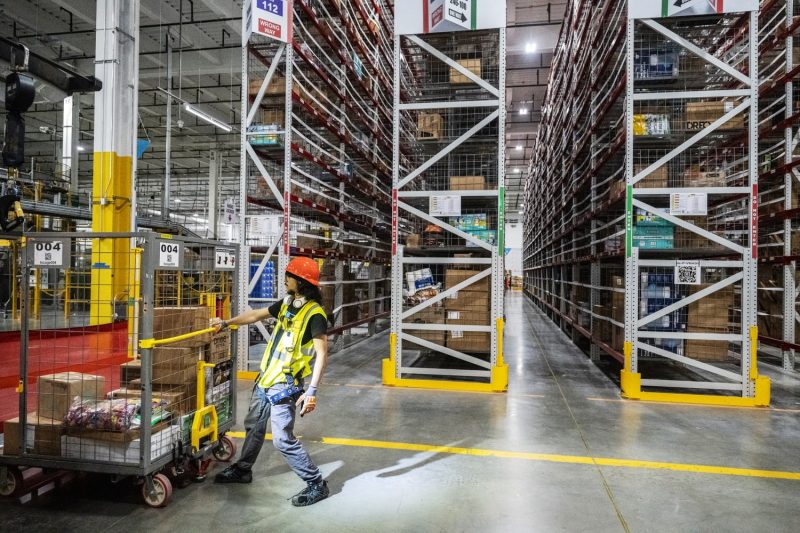**U.S. Unemployment Rate Ticks Up to 4.3% Amid Signs of Broader Economic Slowdown**
The latest economic data for the United States has shown a slight increase in the unemployment rate to 4.3%, signaling potential signs of a broader economic slowdown. This development has raised concerns among economists and policymakers who closely monitor the labor market as a key indicator of overall economic health.
The uptick in the unemployment rate is particularly notable given the previous trend of declining rates and robust job growth seen in recent years. This unexpected shift has prompted a closer examination of the factors contributing to this change and the potential implications for the broader economy.
One possible explanation for the rise in unemployment could be attributed to a slowdown in job creation across various sectors. Companies may be scaling back on hiring as they navigate uncertainties stemming from trade tensions, global economic challenges, and changing consumer preferences. Additionally, technological advancements and automation could be displacing workers in certain industries, leading to job losses and increased competition for available roles.
The impact of the rising unemployment rate goes beyond individual job seekers, as it can also have broader implications for consumer spending, business investment, and overall economic growth. When a significant portion of the workforce is unable to find employment, it can dampen consumer confidence and reduce disposable income, which in turn can affect businesses’ bottom lines.
Furthermore, a higher unemployment rate may also result in increased pressure on government programs and social safety nets as more individuals rely on unemployment benefits and other forms of assistance. This can strain public resources and lead to budgetary challenges for policymakers tasked with addressing the needs of those affected by job losses.
In response to the uptick in unemployment, policymakers and business leaders are likely to closely monitor economic indicators and consider potential strategies to stimulate job creation and support the workforce. This could involve targeted investments in training and education programs to equip workers with the skills needed for emerging industries, as well as initiatives to encourage business expansion and hiring incentives.
Overall, the rise in the U.S. unemployment rate to 4.3% underscores the importance of ongoing monitoring and proactive measures to address economic challenges and promote sustained growth. By understanding the factors driving this trend and working collaboratively to support workers and businesses, stakeholders can navigate the current economic landscape with resilience and adaptability.
